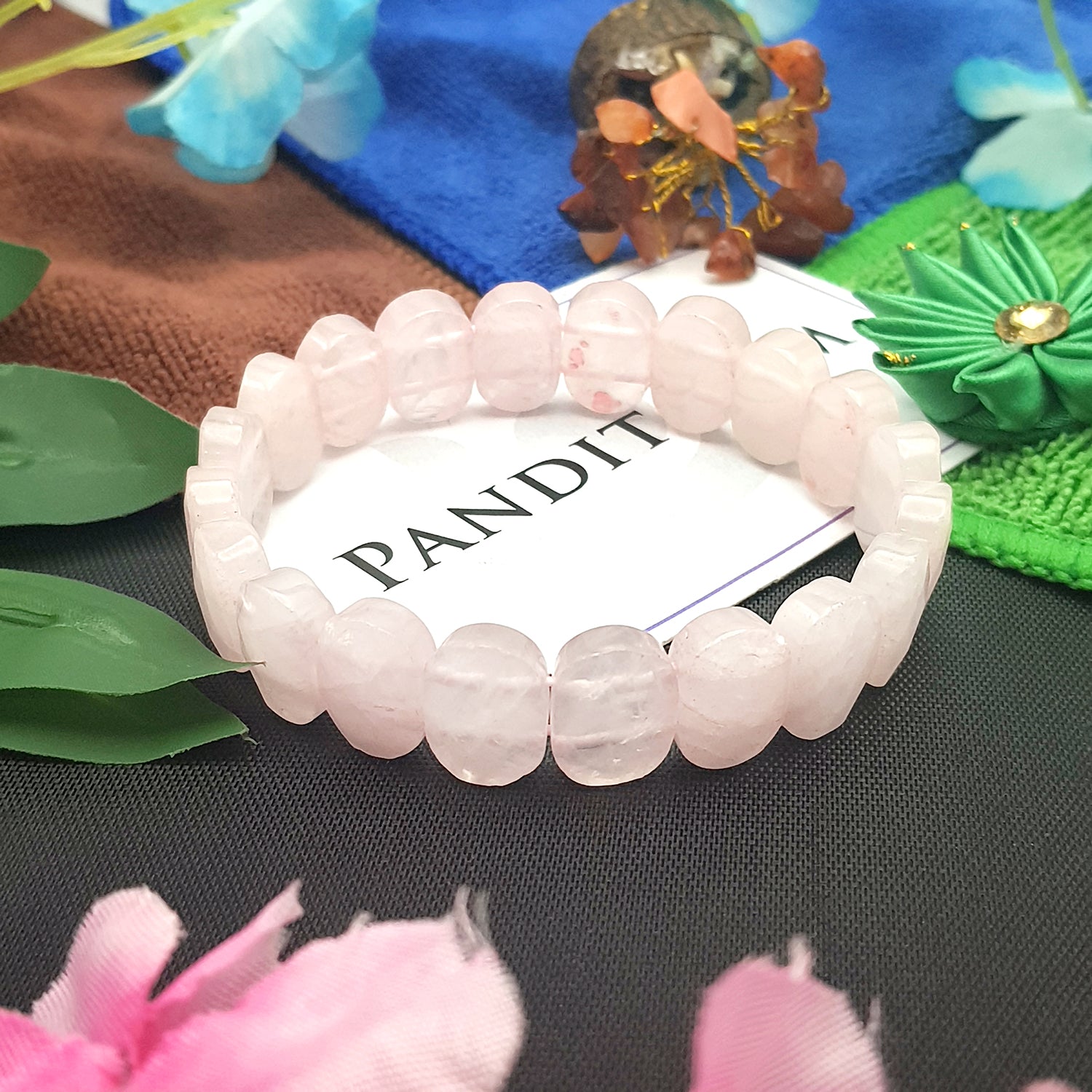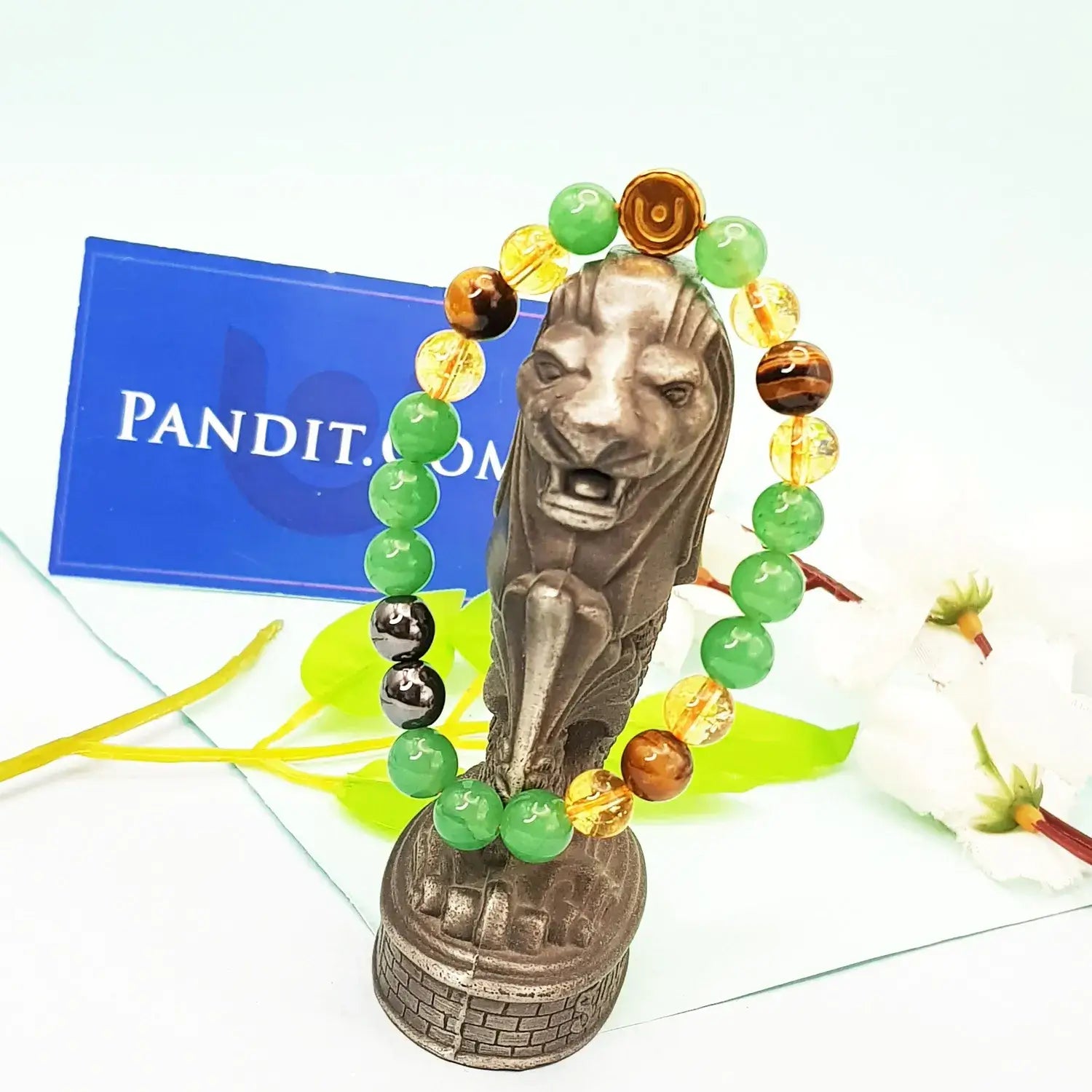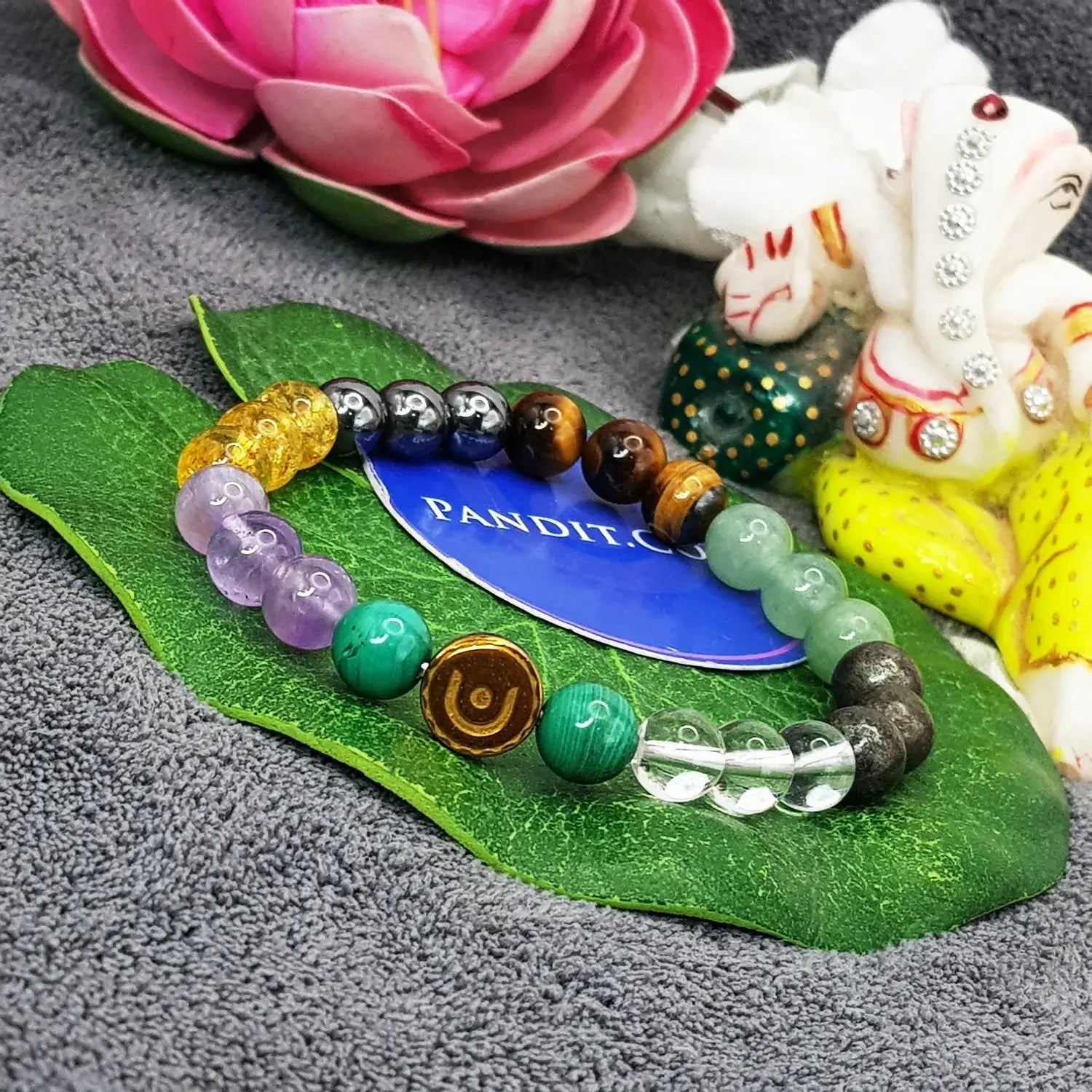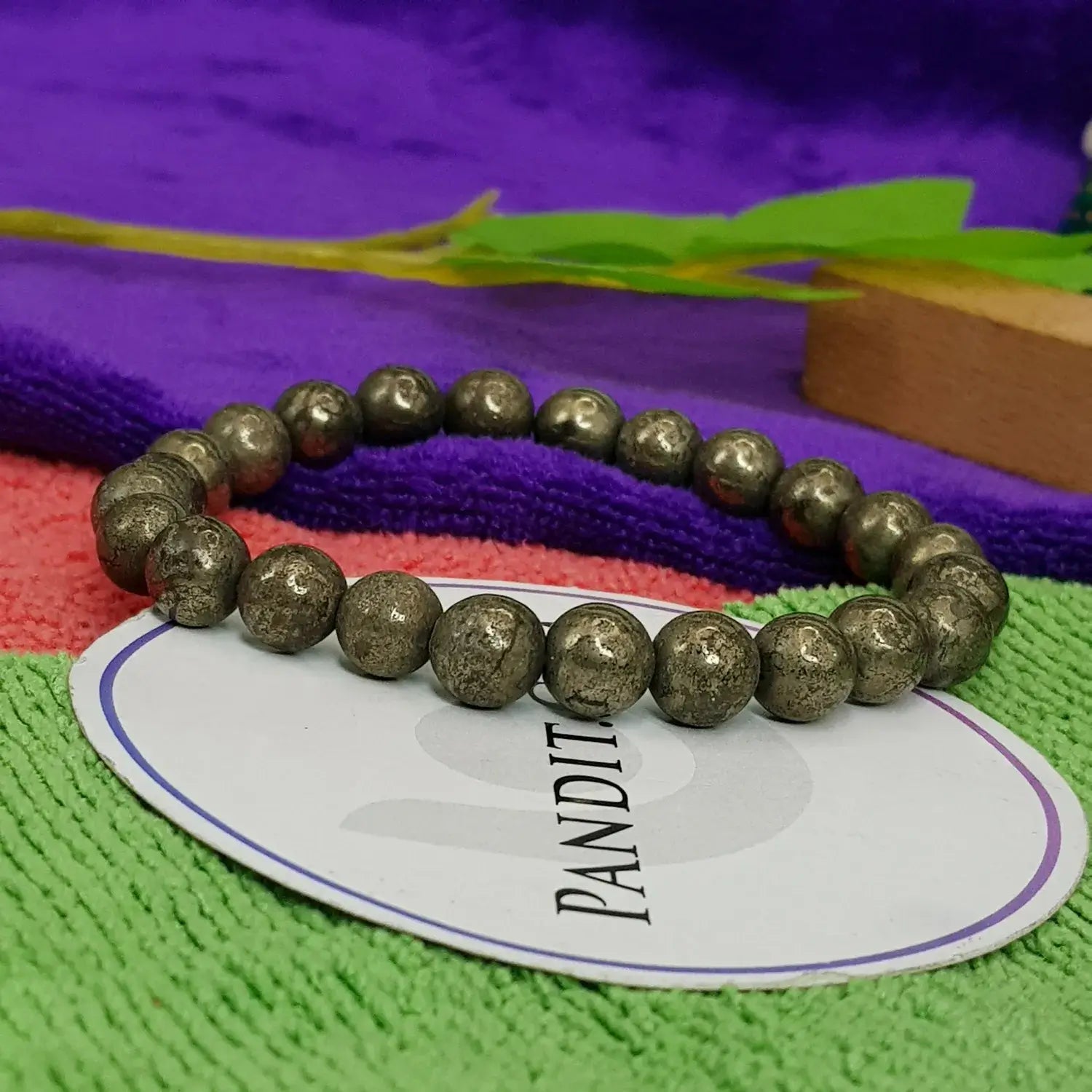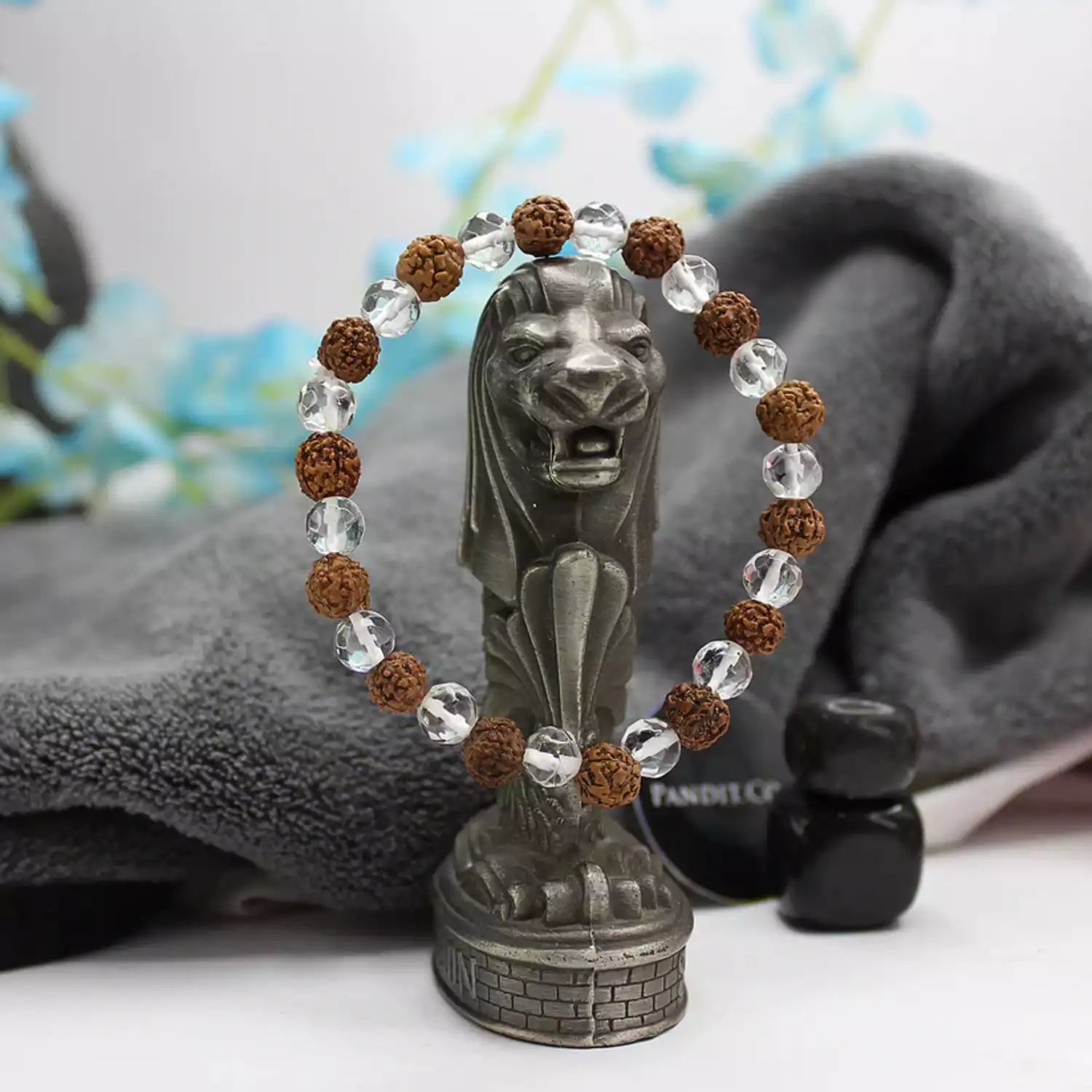The world was in chaos. Darkness spread, and no one could stop it. Tarakasura, a powerful demon, had become invincible. No god, no warrior, no army could defeat him. He had only one weakness—he could be killed only by the son of Lord Shiva. But there was a problem. Shiva had withdrawn from the world, lost in deep meditation. He had no child, and as long as that remained true, Tarakasura’s reign of terror would never end.
The gods were desperate. Who could bring Shiva back? Who could change destiny? That’s when Maa Parvati decided to take matters into her own hands. She wasn’t just a goddess—she was determined herself. She renounced everything and went into deep penance. Years passed. The scorching sun burned her, the cold winds tested her, but she didn’t move. Her devotion was unshakable. And finally, after what felt like eternity, Shiva opened his eyes. The universe shifted. Destiny changed. And from their divine union, Skanda was born—the warrior the world had been waiting for.
But warriors aren’t born ready. They are made. And it was Maa Skandamata who shaped him. She wasn’t just his mother—she was his protector, his strength, his guiding force. She cradled him in her arms, whispering wisdom, infusing him with divine energy. Every touch of hers made him stronger. Every moment in her lap prepared him for the battle ahead. She knew her son had a purpose, and she made sure he was ready for it.
And then, the time came. Skanda, now a mighty warrior, mounted his peacock and rode into battle. The skies thundered, the earth trembled, and the gods watched in anticipation. Tarakasura laughed—he thought he was invincible. But he didn’t know that he was facing not just a warrior, but a son carrying his mother’s blessings. The battle was fierce. Swords clashed, energy surged, the heavens shook. But Skanda, armed with his mother’s power, fought like fire itself. And with one final strike, he ended Tarakasura’s reign of terror. The skies cleared, peace returned, and the universe sighed in relief.
That is why we worship Maa Skandamata on the fifth day of Navratri. She is not just a mother—she is the silent force that shapes destinies. She reminds us that love isn’t just about care; it’s about empowerment. Behind every great warrior, there is always a mother who stood strong, who sacrificed, who believed.
So when you bow to her, remember—she is the warmth that nurtures, the power that protects, and the strength that makes even the impossible possible.
How to Do the Puja?
(No Stress, Just Pure Devotion!)
- Start your day fresh—wake up early, take a bath, and wear something in today’s lucky color (more on that below ).
- Set up a small altar—place a picture or idol of Maa Skandamata on a clean cloth (red or yellow is best).
- Light a diya (preferably ghee) and incense sticks to create a divine vibe.
- Offer fresh flowers—Maa loves marigolds and lotuses! If you don’t have them, any flowers with love will do.
- Give her something sweet—bananas, coconut laddoos, or anything homemade work great!
Chant her mantras (don’t worry, they’re easy!)
- Om Devi Skandamatayai Namah (108 times if possible, but even a few times with devotion works wonders!)
- Ya Devi Sarvabhuteshu Matri-Rupena Samsthita, Namastasye Namastasye Namastasye Namo Namah.
End with an aarti—sing, clap, and feel her energy around you.
What Color Should You Wear?
Yellow!
It’s the color of positivity, wisdom, and divine energy. So, whether it’s a yellow saree, kurta, or even just a dupatta—wear it with devotion, and let the good vibes flow.
What to Eat? (Because Navratri Feasts Are a Thing!)
Fasting? No problem! You can still have delicious vrat-friendly food:
- Banana dishes (banana kheer or banana halwa—Maa Skandamata’s favorite!)
- Sabudana khichdi for a light yet satisfying meal.
- Kuttu puris with Aloo sabzi for a traditional feast.
- Roasted makhanas or coconut laddoos as a yummy prasad.
What Mantras to Chant? (Super Simple, Super Powerful)
Mantras aren’t just words; they’re vibrations that connect us to divine energy. Try chanting:
- Om Devi Skandamatayai Namah (108 times if possible, but even a few times with devotion works wonders!)
- Ya Devi Sarvabhuteshu Matri-Rupena Samsthita, Namastasye Namastasye Namastasye Namo Namah.
Conclusion
Maa Skandamata’s story isn’t just some ancient tale—it’s a reminder of what true love and strength look like. She wasn’t just a mother; she was a force. She didn’t just cradle her child; she shaped a warrior. And isn’t that what real love is? Not just protecting, but empowering. Not just holding on, but making sure the ones we love are ready to take on the world.
When we bow to her, we’re not just asking for blessings—we’re calling on that same unstoppable energy. The strength to protect what’s ours. The wisdom to make the right choices. The courage to fight our battles. And the love that never lets us fall.
So when you wear yellow, chant her name, and offer her favorite prasad, don’t just do it because tradition says so. Do it because her energy is within you. Because just like her, you are love. You are strength. You are unstoppable. And with Maa Skandamata by your side, there is nothing you can’t conquer.




